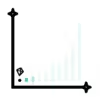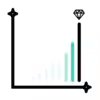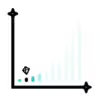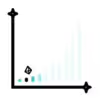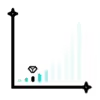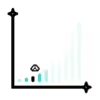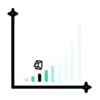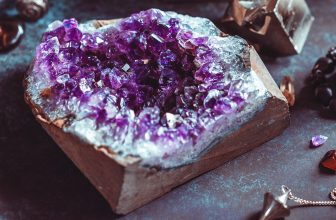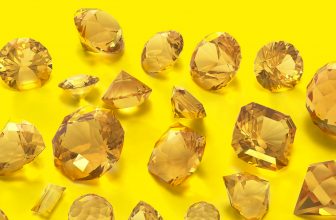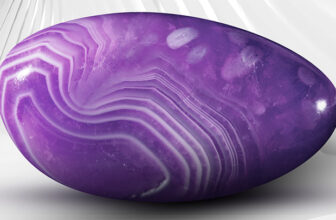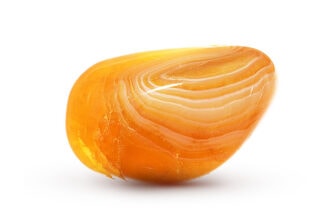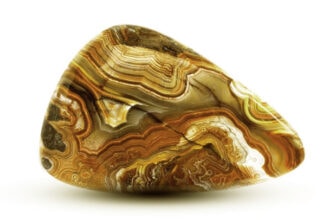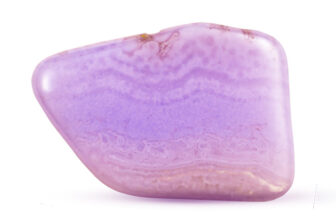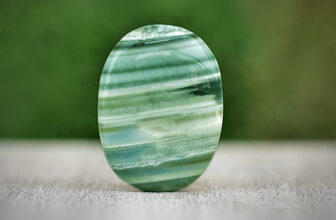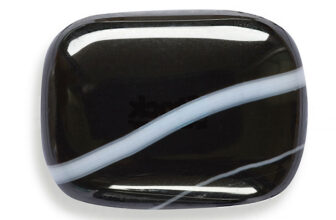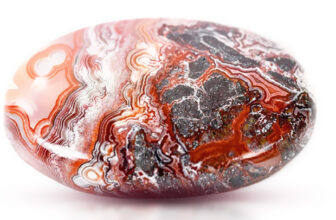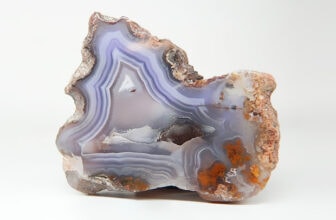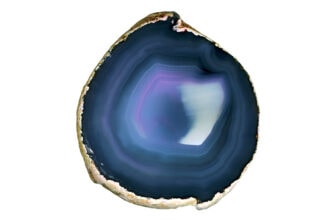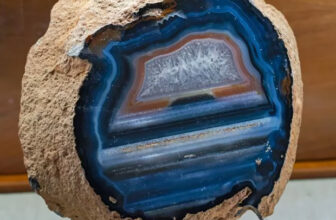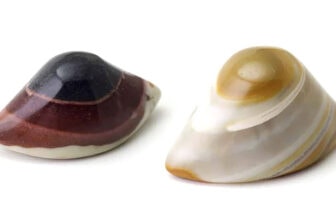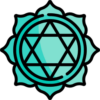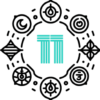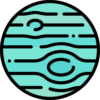Understanding Gemstone Hardness: The Mohs Scale Explained
Don’t be fooled by everyday uses of the word “hard.” In the world of gemstones, hardness has a specific meaning. It’s all about how well a crystal resists scratches.
Imagine a fingernail easily scratching glass. In everyday terms, glass is hard. But for a gemologist, glass is relatively soft. Many materials considered hard in daily life can scratch gemstones.
Why is this so? It boils down to the atomic structure of the crystal. Strong bonds between atoms make it difficult to separate layers on the surface. A harder material can break these bonds, leaving a scratch.
The Mohs Scale: Ranking Crystal Toughness
To measure this “scratchability,” gemologists use the Mohs Scale. Developed in 1812, this system ranks ten common minerals based on hardness.
Here’s a breakdown of the Mohs Hardness Scale from softest to hardest:
- Talc – With a rating of 1, talc is the softest mineral. It can be easily scratched by all other materials.
- Gypsum – At 2, gypsum can be scratched by any material with a hardness of 3 or higher.
- Calcite – Rated at 3, calcite can scratch gypsum but is scratched by fluorite and harder minerals.
- Fluorite – With a hardness of 4, fluorite can scratch calcite and gypsum but is scratched by harder minerals.
- Apatite – At 5, apatite stands in the middle of the scale, capable of scratching fluorite and softer minerals.
- Orthoclase Feldspar – This mineral, rated 6, can scratch apatite and softer minerals.
- Quartz – With a hardness of 7, quartz is commonly found in many applications, including countertops and watches.
- Topaz – At 8, topaz can scratch quartz and softer minerals.
- Corundum – Including sapphires and rubies, corundum has a hardness of 9.
- Diamond – The hardest known natural material, diamond ranks at 10 on the Mohs scale. It can scratch all other materials.
The scale shows how scratches work. Each mineral can scratch those below it but gets scratched by those above. Minerals with the same hardness, like a ruby and sapphire, can’t scratch each other.
It’s interesting to note that the Mohs Scale isn’t perfectly linear. Hardness jumps significantly at higher numbers. Corundum is twice as hard as topaz, and diamond is four times harder than corundum! In fact, only diamonds can scratch other diamonds.
How to Use the Mohs Hardness Scale
Using the Mohs Hardness Scale is straightforward. Here’s a simple guide to performing a scratch test:
- Select a Reference Mineral: Choose a mineral of known hardness from the scale.
- Perform the Scratch Test: Gently scratch the surface of the unknown mineral with the reference mineral.
- Observe the Results: If the reference mineral scratches the unknown mineral, it is harder. If it doesn’t, the unknown mineral is harder or of equal hardness.
- Repeat as Needed: Use different reference minerals to narrow down the hardness range.
Limitations of the Mohs Hardness Scale
While the Mohs Hardness Scale is incredibly useful, it does have limitations. The scale is ordinal, meaning it ranks minerals but does not quantify the difference in hardness between them. For example, diamond (10) is much harder than corundum (9), but the scale does not convey how much harder. Additionally, the scale does not account for other types of hardness, such as indentation hardness or rebound hardness.
Precision and Challenges in Hardness Measurement
Gemstone hardness can vary slightly depending on its makeup and structure. Measuring it precisely can be tricky. Sometimes, what looks like a scratch might just be a mark left by a supposedly harder material.
Scientists use fractional scores (like 5.5) when necessary. But remember, the exact number isn’t as important as the general hardness range.
One exception is kyanite, a mineral with surprising hardness variations within a single crystal. But for most gemstones, hardness falls within a narrow range, typically differing by just one unit on the Mohs Scale.

